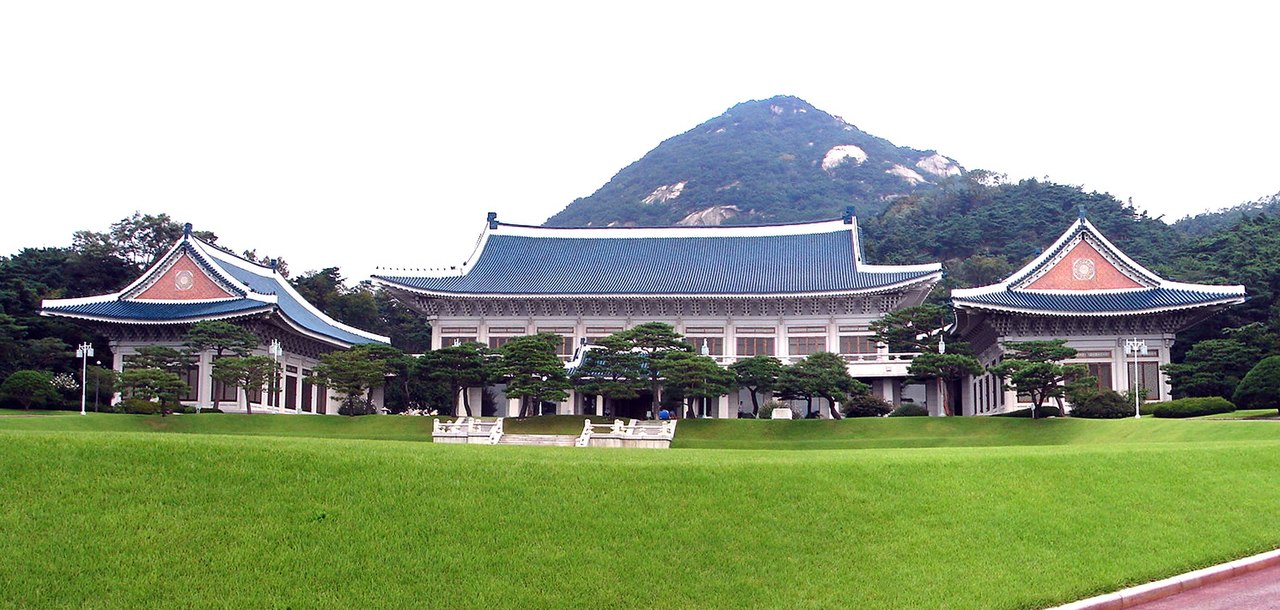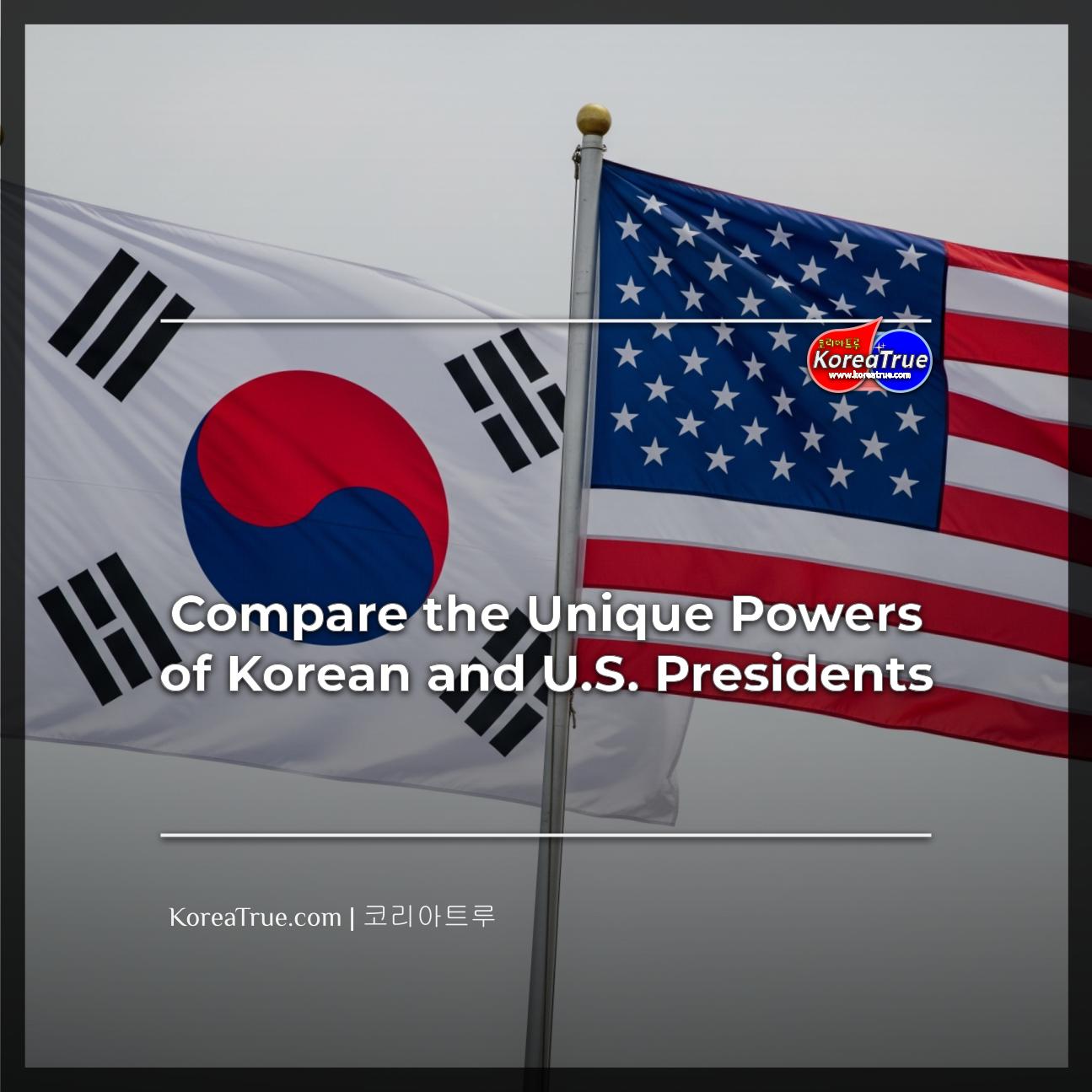SOUTH KOREA AND UNITED STATES – While both the United States and South Korea stand as beacons of democratic governance with popularly elected presidents at their helm, the specific powers, responsibilities, and constraints governing these high offices reveal a fascinating study in comparative constitutional design.
Key Insights:
- Distinct Term Structures: The South Korean presidency operates under a strict, non-renewable single five-year term, a direct constitutional response to historical power abuses, contrasting with the U.S. system of two four-year terms.
- Legislative Checks on Emergency Powers: While both presidents can declare emergencies, the South Korean president is uniquely unable to dissolve the National Assembly, providing a crucial democratic check on executive authority.
- Constitutional Mandate for Reunification: Unlike their U.S. counterpart, the South Korean president is constitutionally obligated to pursue the peaceful reunification of the Korean Peninsula, making this a central tenet of their foreign policy and national agenda.
Beyond the formal titles and ceremonial roles, understanding the nuanced differences in how these leaders are empowered—and constrained—provides a richer appreciation for the distinct historical paths and societal values that have shaped their respective nations.
1. Presidential Term Limits

the South Korean presidency operates under a strikingly different model: a single, non-renewable five-year term.
In the United States, the presidency is defined by a two-term limit, a convention established by George Washington and formally codified by the 22nd Amendment in 1951, largely in response to Franklin D. Roosevelt’s unprecedented four terms during a period of global crisis. This limit reflects a deep-seated American apprehension about concentrated power and the potential for a “king” in the executive office. The U.S. president serves a four-year term, with the possibility of seeking re-election for a second, consecutive or non-consecutive, term.
Across the Pacific, the South Korean presidency operates under a strikingly different model: a single, non-renewable five-year term. This seemingly restrictive approach is a direct consequence of South Korea’s tumultuous 20th-century history. Following decades of authoritarian rule marked by presidents who sought to extend their power indefinitely, the 1987 democratic reforms enshrined this single-term limit to prevent any future leader from consolidating long-term control. It’s a constitutional safeguard born from hard-won democratic battles, designed to ensure a regular rotation of power and prevent the emergence of another long-serving strongman. This has led to a political landscape where every five years, the nation embarks on a fresh electoral cycle, often leading to significant policy shifts with each new administration.
2. Emergency Powers and Legislative Checks

Unlike the U.S. president who, through executive orders or actions, can influence the legislative agenda, the South Korean president cannot dissolve the National Assembly (국회, Gukhoe)
Both the U.S. and South Korean presidents possess emergency powers, vital tools for addressing unforeseen national crises. In the United States, the National Emergencies Act of 1976 outlines over 120 statutory provisions that become available to the president upon declaring a national emergency. These can range from deploying troops to domestic situations (as seen during various natural disasters or civil unrest) to freezing assets or restricting travel. While Congress has oversight, presidential emergency declarations can be prolonged, leading to debates about the balance between executive authority and legislative checks.
However, a critical distinction emerges when examining the South Korean president’s emergency authority. While they can declare states of emergency, suspending laws or enacting martial law in times of grave internal or external turmoil, their power is inherently limited by the National Assembly. Unlike the U.S. president who, through executive orders or actions, can influence the legislative agenda, the South Korean president cannot dissolve the National Assembly (국회, Gukhoe). This constitutional provision is a vital check, particularly illuminated by past events where executive attempts to bypass the legislature led to democratic backsliding. Recent history, such as the impeachment proceedings against President Yoon Suk Yeol in early 2025 following his martial law declaration attempt, underscores the National Assembly’s robust power to reject and invalidate presidential emergency measures if deemed unconstitutional or excessive. This built-in legislative check serves as a potent reminder of South Korea’s commitment to democratic accountability, even in times of crisis.
3. Reunification Duties
The South Korean president has a constitutional mandate to pursue the peaceful reunification of the Korean Peninsula
Perhaps the most unique and defining aspect of the South Korean president’s role is their constitutional mandate to pursue the peaceful reunification of the Korean Peninsula. Article 4 of the Constitution of the Republic of Korea explicitly states, “The Republic of Korea shall seek to achieve the peaceful unification of the fatherland and shall establish a national policy for that purpose.” This is not merely a policy goal but a fundamental duty, deeply ingrained in the national identity and historical narrative of a divided nation.
“The Republic of Korea shall seek to achieve the peaceful unification of the fatherland and shall establish a national policy for that purpose.”
– The Constitution of the Republic of Korea
This directive means that reunification efforts—whether through inter-Korean dialogue, humanitarian aid, or diplomatic overtures—are often central to any South Korean president’s agenda. From the “Sunshine Policy” of Kim Dae-jung (김대중) (President 1998-2003) to more recent efforts at denuclearization talks, every South Korean leader inherits this profound national responsibility. The President typically chairs the National Unification Advisory Council (민족통일협의회, Minjok Tongil Hyeopuihoe), an advisory body dedicated to this cause. In contrast, the U.S. president’s foreign policy powers, while extensive, are not bound by such a specific, historically charged national imperative. Their role is primarily focused on safeguarding American interests globally, which may include supporting peace and stability on the Korean Peninsula, but without the direct constitutional imperative for reunification. This fundamental difference shapes the very essence of their foreign policy priorities and the legacy they aim to leave.





